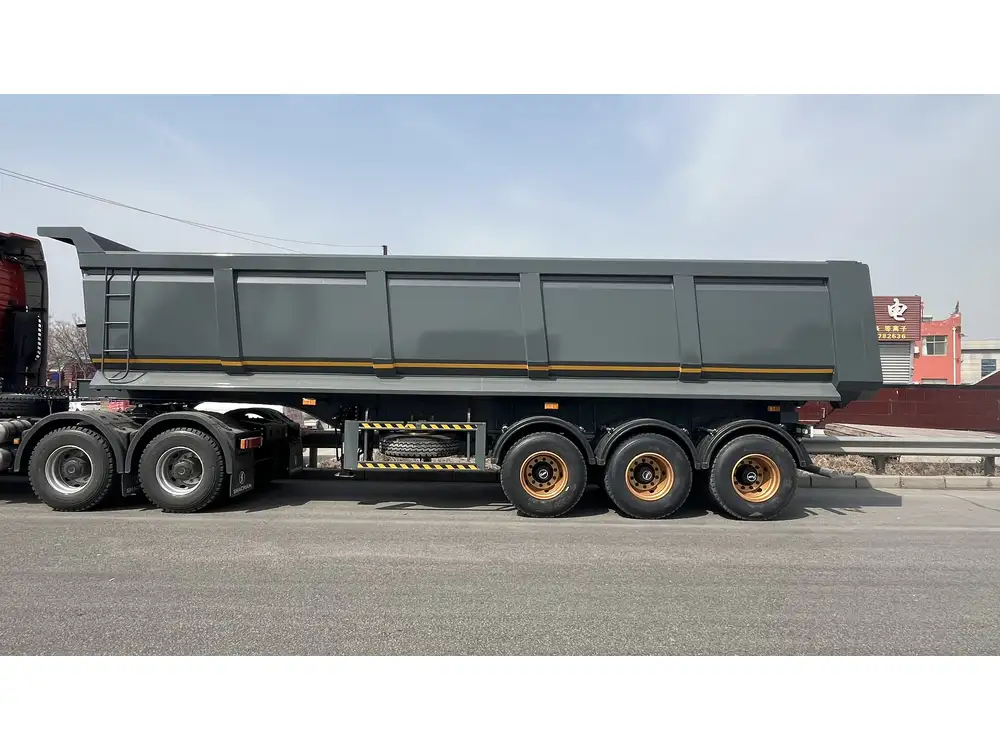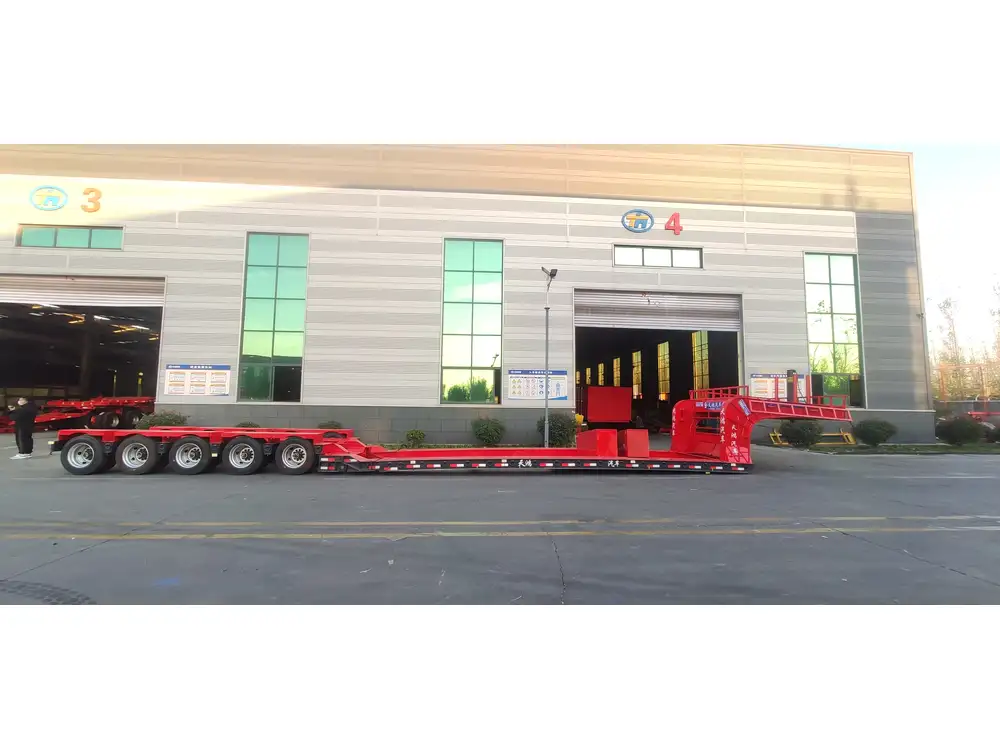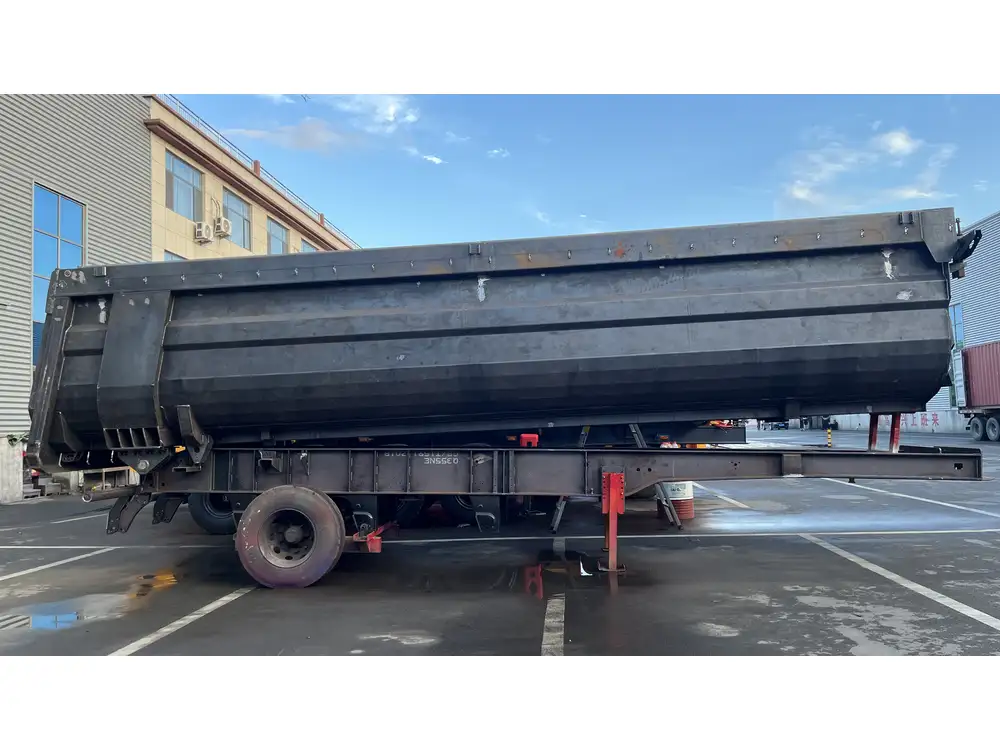When it comes to the transportation industry, understanding the intricacies of vehicle weights is essential for logistical planning, compliance with regulations, and efficient operations. One of the most common queries is, “How much does a semi truck and trailer weigh empty?” In this article, we will explore the factors influencing the empty weight of semi trucks and trailers, their variations, and the implications for transportation logistics.
The Components of Weight: Breaking It Down
1. Semi Truck Weight Overview
A semi truck, often referred to as a tractor, consists of the powerful engine and drivetrain that are responsible for towing cargo. The empty weight of a semi truck can vary dramatically based on several factors:
| Factors | Impacts on Weight |
|---|---|
| Type of engine | Heavier engines yield more weight |
| Cab configuration | Day cab vs. sleeper cab affects weight |
| Material of construction | Aluminum vs. steel affects overall weight |
| Additional equipment | Options like lift axles and fuel tanks add weight |

Average Empty Weight of Semi Trucks
- Lightweight Trucks: Approximately 12,000 pounds (5,443 kg)
- Standard Trucks: Approximately 15,000 to 20,000 pounds (6,804 to 9,072 kg)
- Heavy-Duty Trucks: Upwards of 25,000 pounds (11,340 kg)
2. Trailer Weight Overview
The empty weight of a trailer can also exhibit significant variation. Factors influencing trailer weight include:
| Factors | Impacts on Weight |
|---|---|
| Type of trailer | Flatbed, reefer, tanker, etc. |
| Material of construction | Aluminum vs. steel |
| Dimensions | Length and height can influence weight |
| Features | Features like ramps or sidekits add weight |
Average Empty Weight of Trailers
- Flatbed Trailers: Approximately 5,000 to 7,000 pounds (2,268 to 3,175 kg)
- Refrigerated Trailers: Approximately 12,000 to 15,000 pounds (5,443 to 6,804 kg)
- Tanker Trailers: Approximately 9,000 to 11,000 pounds (4,082 to 4,990 kg)

3. Combined Weight Considerations
When assessing the combined weight of a semi truck and trailer, the total empty weight can range considerably based on the configurations discussed above.
- Total Lightweight Combination: Approximately 17,000 to 20,000 pounds (7,711 to 9,072 kg)
- Total Standard Combination: Approximately 25,000 to 35,000 pounds (11,340 to 15,876 kg)
- Total Heavy-Duty Combination: Upwards of 45,000 pounds (20,412 kg)
Regulatory Compliance: Understanding Weight Limits
Understanding the empty weight of your semi truck and trailer is crucial not only for operational efficiency but also for compliance with state and federal weight regulations. Most states and jurisdictions require a maximum gross vehicle weight (GVW) for commercial trucks to ensure road safety and infrastructure longevity.
Maximum Gross Vehicle Weight (GVW)
| Trailer Type | Standard Weight Limit |
|---|---|
| Single Trailer | 34,000 pounds (15,422 kg) |
| Double Trailer | 68,000 pounds (30,844 kg) |
| Tri-Axle Trailers | 80,000 pounds (36,287 kg) |
These limits can also influence how much cargo can be loaded onto a vehicle. Depending on the load, knowing the empty weight of your truck and trailer allows for better management of cargo and adherence to legal standards.

Cargo Capacity: Balancing Weight and Volume
Understanding the balance between weight and volume is vital in the transportation industry. A truck’s capacity can be restricted not only by its weight limit but also by its dimensions. This creates a scenario where cargo may be under-utilized in terms of volume due to the weight limits imposed by regulations.
Examples of Cargo Capacity
| Truck Type | Empty Weight | Max Payload Capacity | Total Weight Capacity |
|---|---|---|---|
| Lightweight Semi Truck | 12,000 pounds (5,443 kg) | 28,000 pounds (12,701 kg) | 40,000 pounds (18,144 kg) |
| Standard Semi Truck | 18,000 pounds (8,165 kg) | 22,000 pounds (9,979 kg) | 40,000 pounds (18,144 kg) |
| Heavy-Duty Semi Truck | 25,000 pounds (11,340 kg) | 15,000 pounds (6,804 kg) | 40,000 pounds (18,144 kg) |
Implications for Logistics
Understanding empty weights and their implications on cargo capacity impacts logistics in several ways:
- Cost Management: Greater knowledge of weight conversions helps in estimating and managing fuel costs.
- Loading Efficiency: Understanding how to balance weight and distribution can lead to better loading efficiencies.
- Route Planning: Weight determines the route options; some roads or bridges have weight restrictions which need to be considered proactively.

The Role of Technology in Weighing Systems
In today’s technologically advanced landscape, weighing systems have become crucial in managing the complexities surrounding truck and trailer weights. These systems provide real-time data, making it easier for drivers and logistics managers to stay compliant with regulations and optimize load management.
Types of Weighing Technologies
| Technology | Description |
|---|---|
| Onboard Weighing Systems | Integrated scales that provide real-time weight data while loading. |
| Portable Weigh Stations | Temporary scales that can be set up at loading docks for compliance checks. |
| Weight Sensors | Installed on axles, providing continuous measurement of weight distributed among wheels. |
The efficiency gained from using these systems can save time and money, ensuring that drivers and cargo are operating within legal limits.
Conclusion: The Importance of Knowing Your Weights
Understanding the empty weight of semi trucks and trailers is not merely a technicality; it’s a vital component of efficient logistics in the transportation sector. With the right knowledge and tools, fleet managers and drivers can optimize performance, reduce costs, and remain compliant with regulatory weight standards.
As the transportation industry continues to evolve, the focus will remain on how to balance safety, efficiency, and cost-effectiveness. Knowing the empty weights of both trucks and trailers will remain an integral part of that equation.



